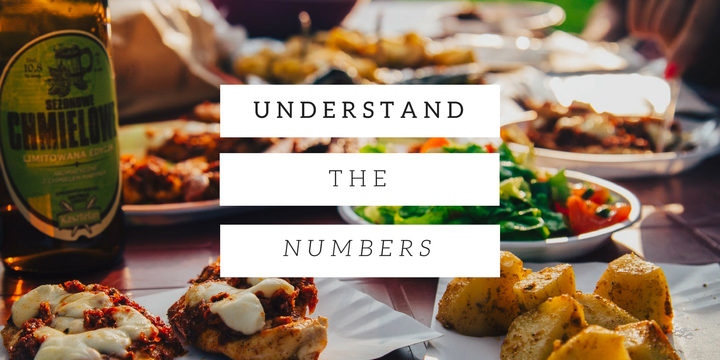
Unless you’ve been hiding under a rock then you will have heard about calories; they’re on almost all food packaging, every fitness blog and the key to changing your weight.
But what are calories other than a points system for calculating the food you eat?
Simply put, calories are energy, energy used by your body to fuel your daily activity, whether it’s sleeping, eating or exercising and without enough calories you simply would not survive.
As a unit of energy for the human body, two main definitions of the calorie exist:
- Cal = A Small Unit of Calories Defined by The Gram and Is the Amount Of Energy Needed To Raise The Temperature Of One Gram Of Water By One Degree Celcius At One Pressure Of Atmosphere.
- Kcal = A Large Unit of Calories Defined by The Kilo. 1 Kcal Is the Equivalent To 1,000 Calories.
The definition that you’ll be most familiar with is the kcal as this is the unit using for measuring calories in food.
Now you know what a calorie is and why you need them (to survive), it’s time to look at how you can use them to change your weight.
We already know calories are energy and that your body uses this energy to fuel your daily activity but what happens if you eat more or less than you need each day?
You’ve probably already guessed it, but eating either too many or too few calories will directly impact your weight.
When you don’t eat enough your body compensates by burning stored calories (fat) i.e. weight loss and when you eat too much your body compensates by storing the extra calories as body fat for another time i.e. weight gain.
This is best demonstrated through the energy balance equation, which has three irrefutable rules;
- Eating more calories than you burn will result in weight gain
- Eating less calories than you burn will result in weight loss
- Eating the same number of calories as you burn will result in weight maintenance
Hopefully now you can begin to see that calories are everything when it comes to changing your weight.
However, before you go adding or removing calories at random you need to know that when it comes to weight change and either losing fat or building muscle you need to take a measured approach to bring about optimal results.
If you don’t you’ll find your weight will fluctuate wildly and you’ll lose any muscle you had whilst trying to lose fat and gain excessive body fat when trying to build muscle.
Instead you want to follow the guidelines laid out below.
The first step is to calculate your maintenance calories, that is the number of calories you need daily to maintain your weight.
Weight Maintenance
There are several calculations you can use to find out what your maintenance calories are, but I find that the easiest and quickest way is to;
- Multiply your body weight in pounds by 14.
This will give you an approximate number of calories you need daily to maintain your current weight.
Fat Loss
For fat loss you want to take your maintenance calories and lower it by 20%, this will give you a good starting point to lose weight at a rate of 1 – 2 pounds a week whilst increasing the chances you’ll maintain your muscle mass.
Muscle Building
For muscle building you want to take your maintenance calories and add 10 – 15%, this will give you a good starting point to gain weight at a rate of 0.5 – 1 pound a week whilst keeping fat gain to a minimum.
How to count calories in 3 simple steps
1. Decide on your goal
Choosing whether you want to gain, lose or maintain weight will give you a daily calorie goal to aim for and this is the first step to counting calories.
2. Plan your meals & keep a diary (use an app)
Once you know your calorie goal the next step is to plan your meals and make sure they fit within your calorie goal. The best way to do this is by using a food diary app like MyFitnessPal.
3. Weigh your food & track your progress
The final step is to measure your food when cooking/eating to ensure you’re eating the required amounts as logged in your food diary. This will ensure you’re on track to reach your goal.
Summing Up
There we have it, a beginner’s guide to calories and how to count them. Next up we look at macronutrients aka where you get your calories from and their importance for body composition.